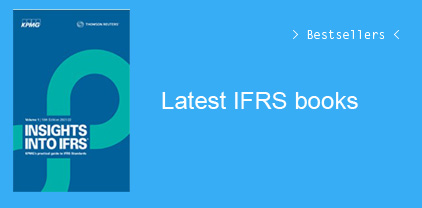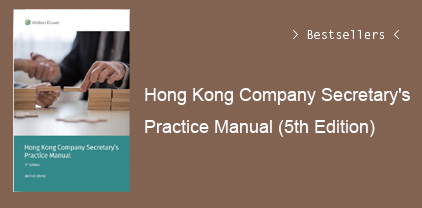Prologue xi
Introduction xiii
Chapter 1 Fraud and Accounting Manipulations 1
1.1 Fraud and Its Effects 1
1.2 Modifying Companies’ Financial Information 2
1.3 Calling Things by Their Name: From Creative Accounting to Big Baths 4
Chapter 2 Accounting Fraud: An Ancient Practice 9
2.1 The First Accounting Frauds 9
2.2 Accounting Frauds Continue with the Double Entry 10
2.3 The Crash of 1929 and the Obligation to Audit Accounts 12
2.4 Reinforcement of the Commercial Law and Auditing After the String of Scandals of 2000 13
2.5 With the Crisis of 2008, History Repeats Itself 15
Chapter 3 Problems with Legislation and Those Involved in the Financial Information 19
3.1 How Financial Information Is Generated 19
3.2 Auditing of Accounts: Essential, but Not Infallible 20
3.3 Analysts and Rating Agencies 23
3.4 Regulators and the Limitations of Accounting Regulations 26
3.5 Role of the Media 29
Chapter 4 Why Are Accounts Manipulated? 31
4.1 Motivation, Opportunity, and Rationalization 31
4.2 The Door to Fraud 34
Chapter 5 Legal Accounting Manipulations 47
5.1 Alternatives, Estimations, and Legal Gaps 47
5.2 Main Legal Manipulations 52
5.3 Impact of Legal Manipulations in the Accounts 58
Chapter 6 Illegal Accounting Manipulations 61
6.1 Accounting Crime 61
6.2 How Illegal Manipulations Are Done 63
6.3 Operations Through Tax Havens 65
6.4 Main Illegal Manipulations 68
6.5 Main Items Affected by Accounting Frauds 70
Chapter 7 Ethical Considerations and Economic Consequences of Manipulations 75
7.1 The Ethical Dimensions of Accounting Fraud 75
7.2 Economic Consequences of Accounting Fraud 77
7.3 Consequences to Managers and Companies that Manipulate Accounts 77
7.4 What to Do When a Company Deteriorates 79
Chapter 8 Personal Warning Signs 85
8.1 Moments the Warning Signs Occur 85
8.2 Warning Signs Before Fraud Occurs 87
8.3 Warning Signs After the Fraud Occurs 89
8.4 Language of Fraudsters 91
8.5 Successful Businessmen Who End Up in Jail 93
Chapter 9 Organizational Warning Signs and Nonfinancial Indicators 99
9.1 Warning Signs Before a Fraud Occurs 99
9.2 Warning Signs After a Fraud Occurs 106
9.3 Warning Signs Based on Nonfinancial Indicators 107
Chapter 10 Warning Signs in the Accounts 111
10.1 Auditing of Accounts 111
10.2 Balance Sheet 112
10.3 Income Statement 113
10.4 Cash Flow Statement 115
10.5 Statement of Changes in Equity 119
10.6 Notes 120
10.7 Ratios That Anticipate Frauds 121
10.8 Variations in Accounts that Warn of Frauds Already Produced 123
10.9 Ratios That Warn of Frauds Already Produced 124
10.10 Synthetic Index to Detect Manipulating Companies 133
Chapter 11 Some Suggestions to Improve the Current Situation 141
11.1 Reinforce Values and Institute Ethical Codes 141
11.2 Improve Control Systems in Organizations 143
11.3 Improve Regulation 147
11.4 Reinforce Supervision 148
11.5 Reinforce the Sanctioning Regime 149
11.6 The Challenge of Providing Relevant Information for Decision-Making 150
Epilogue 155
Appendix 1 Criminal Responsibility of Legal Entities and Regulatory Compliance 157
Appendix 2 Audit Program for the Identification of Fraud Risks 161
List of Companies Mentioned in the Book and Section in which They Appear 179
Index 183





































